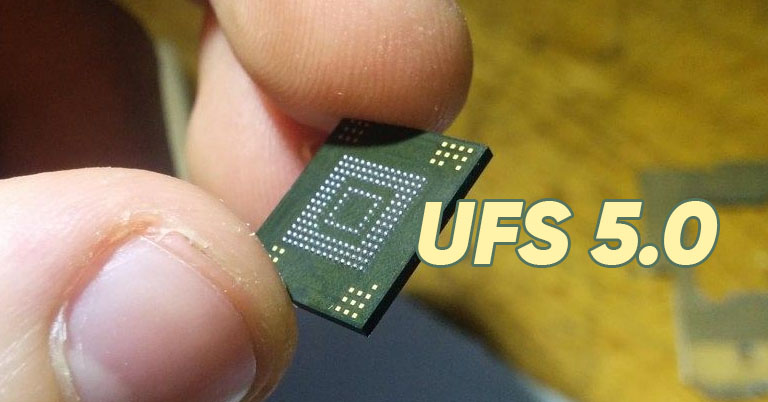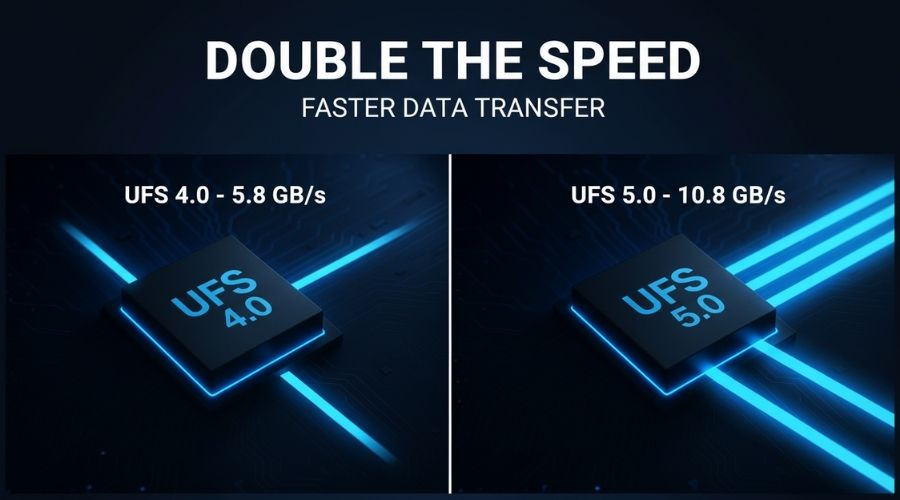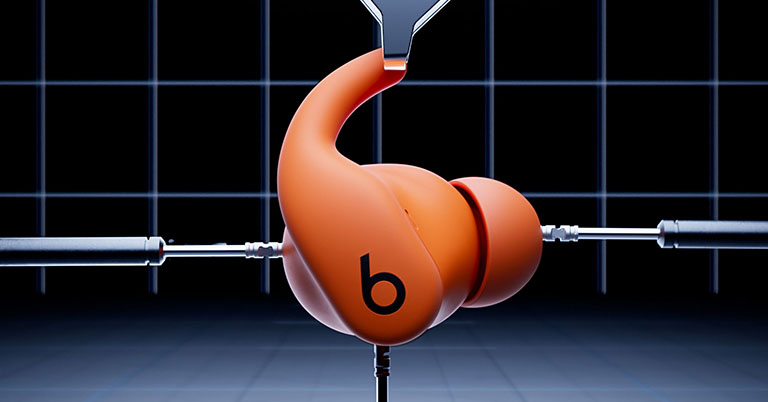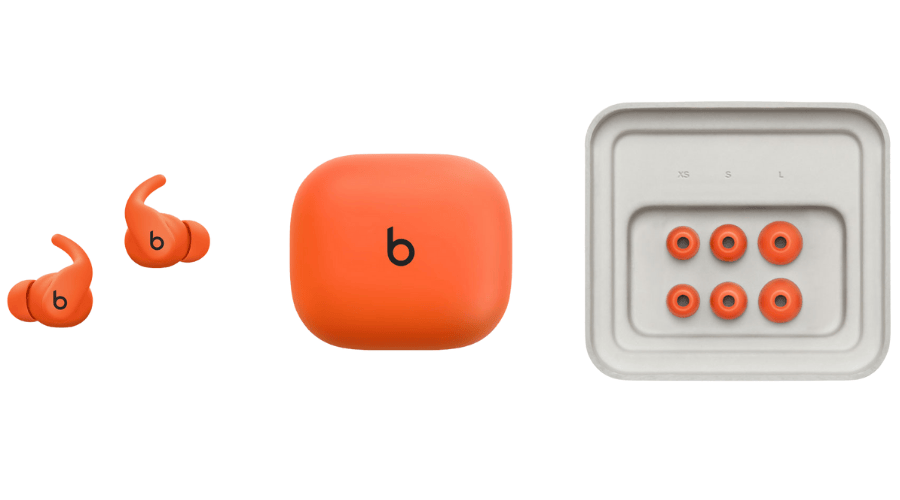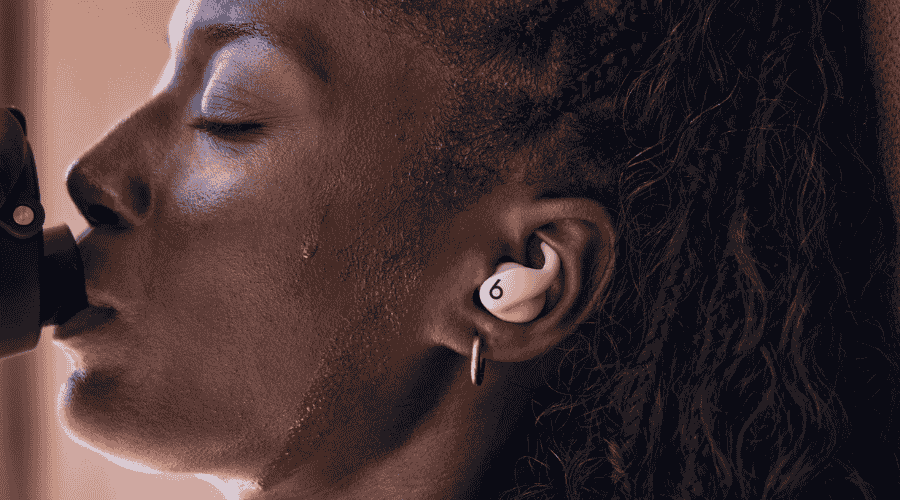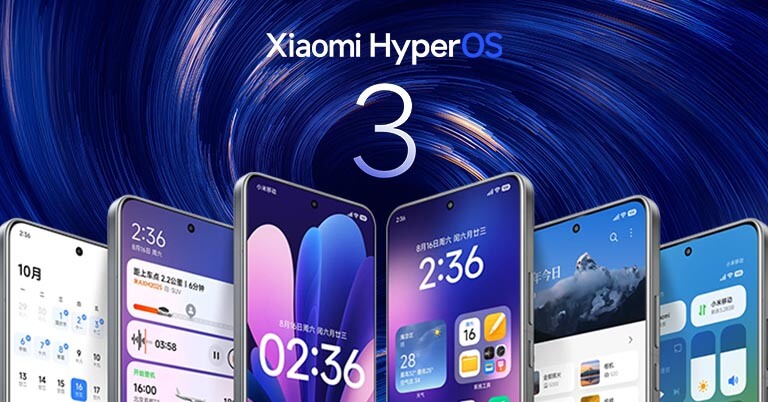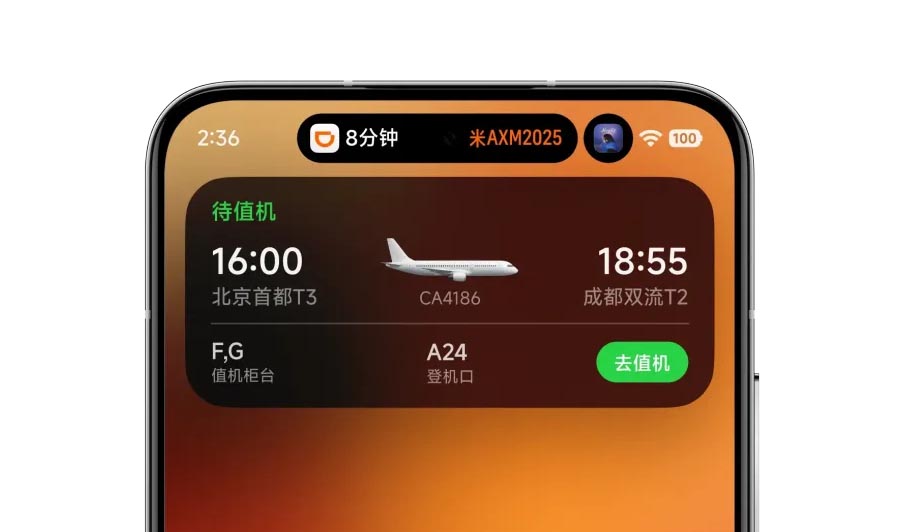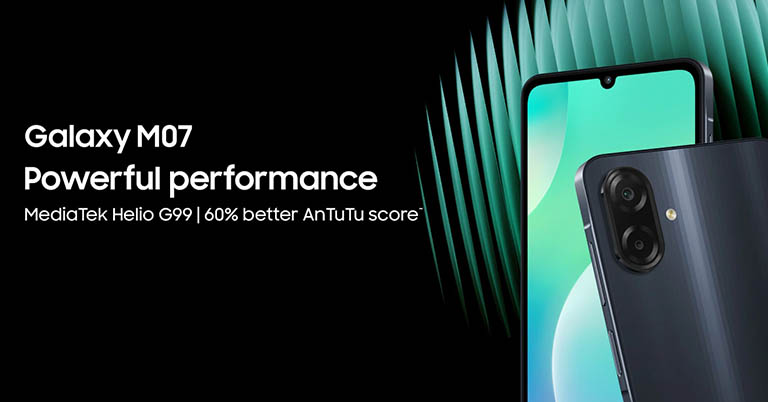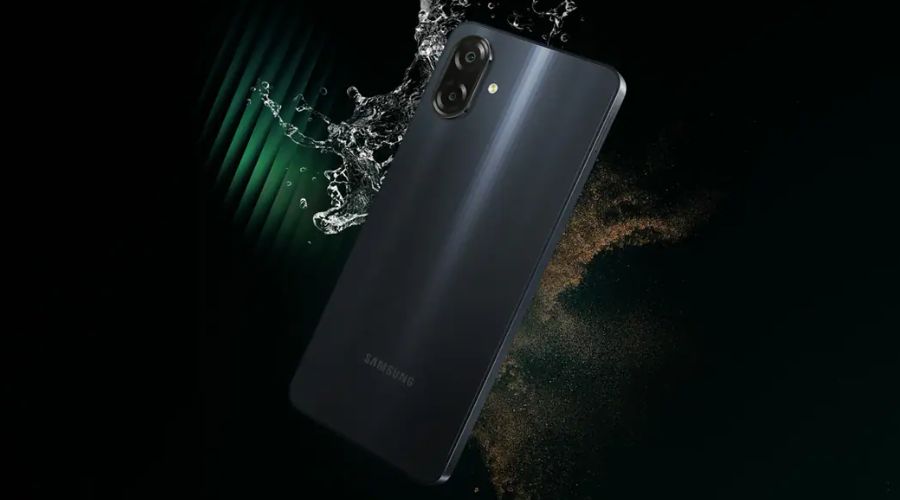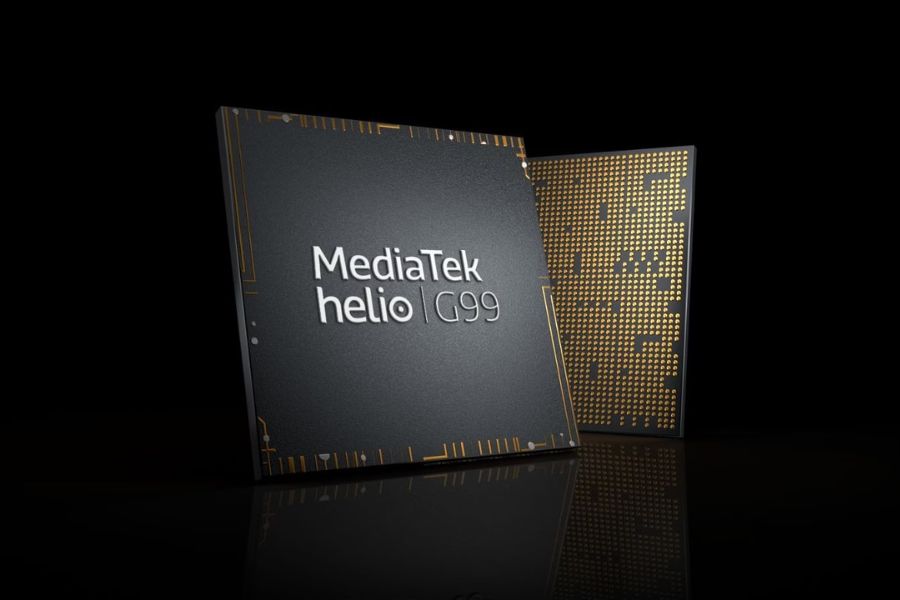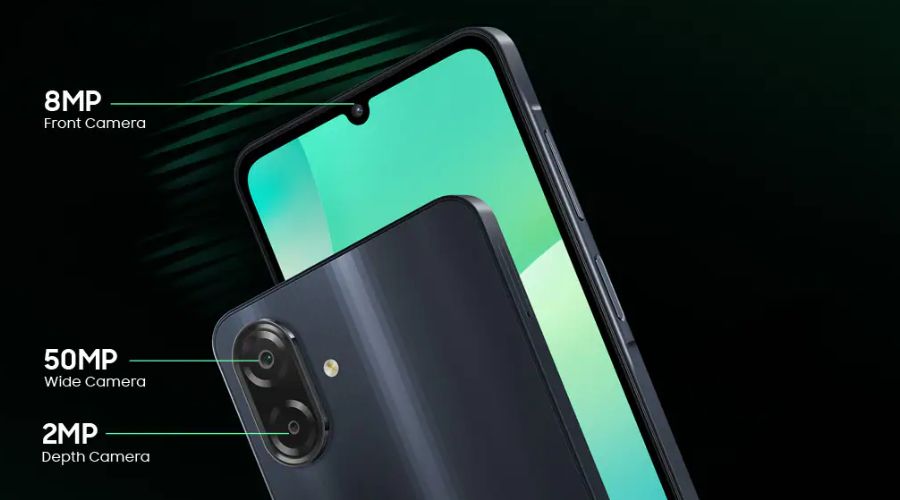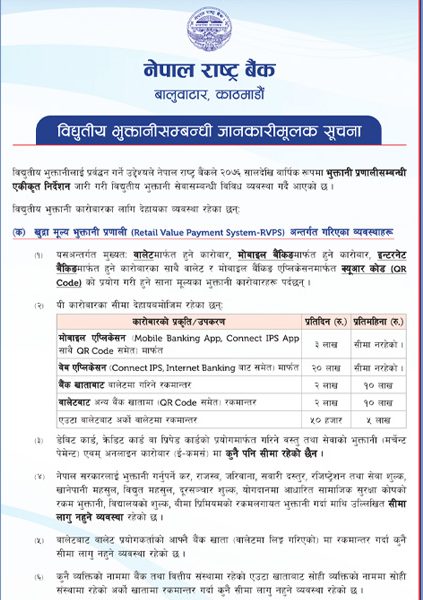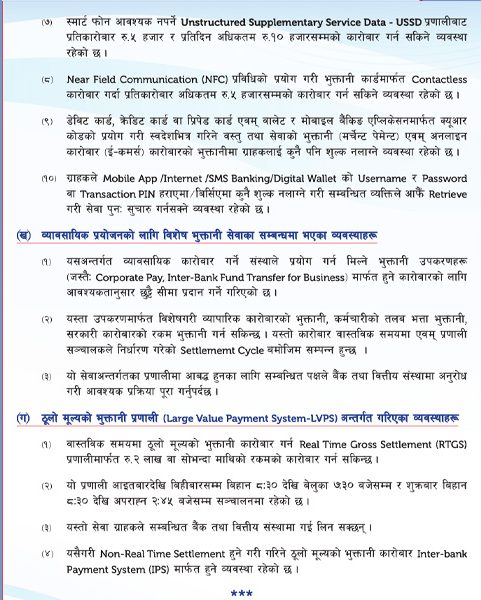JBL is a household name in the world of audio products. From speakers to headphones, wireless earbuds, to soundbars, the company makes all sorts of devices. And back at CES 2025, JBL announced its premium wireless headphones, the Tour One M3, with an optional smart audio transmitter. And it has finally arrived in India as well. So in this article, I will discuss everything about the JBL Tour One M3, including its expected price in Nepal, specifications, and availability.
JBL Tour One M3 Overview
Design and Comfort
The Tour One M3 sticks to the familiar over-ear design JBL has used before. Cushioned ear cups, a fairly light frame, and a mostly matte finish. It comes in “Mocha”, “Blue”, and “Black” finishes. Not much has changed visually from the M2, so if you’ve seen a Tour One before, you already know what to expect here.
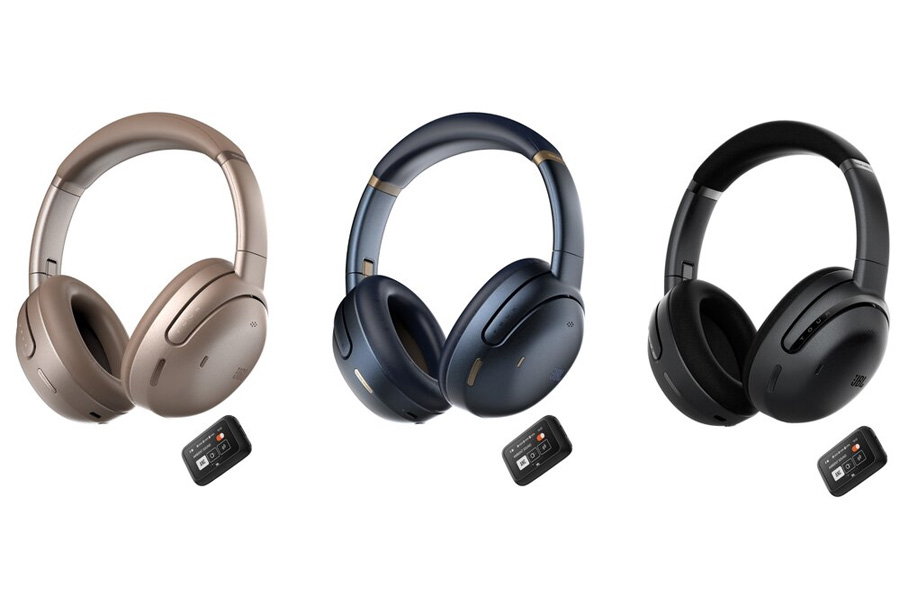
Sound and other features
According to JBL, they have used the same 40mm dynamic drivers here as on the Tour One M2. But it now has a built-in DAC (Digital-Analog Converter) to let you enjoy lossless sound via the USB-C connection. Whereas it also supports the LDAC codec for up to 24-bit high-res streaming via Bluetooth.
Other than this, the Tour One M3 brings JBL Spatial 360 with head tracking for an immersive listening experience. Its new True Adaptive Noise Cancelling 2.0 is now powered by an eight-microphone array for even more effective ANC.
Ambient Aware lets you hear your surroundings, and SmartTalk pauses playback when you start talking. You can tweak sound through the JBL Headphones app using Personi-Fi 3.0, which adjusts audio based on your hearing profile. And with the Smart Tx audio transmitter accessory, you can connect these headphones to any audio source or stream to any Auracast-enabled speakers or headphones.
- Also, read
- JBL’s new PartyBox 720 doesn’t need to be plugged in to keep the party going
- JBL Soundgear CLIPS launched with an open-ear design and Hi-Res audio
- JBL Boombox 4 launched in China with 210W power output
Battery backup
JBL has upgraded battery life with the Tour One M3 as well. So M3 offers up to 70 hours of playback on a single charge, a 40% jump from the M2’s 50 hours. Those numbers are with ANC turned off, by the way. And with ANC enabled, JBL promises 40 hours of continuous playback on these headphones. Whereas a full charge takes 2 hours.
JBL Tour One M3 Specifications:
- Design and build: 278 grams, “Mocha”, “Blue”, “Black” color options
- Durability: No IP rating
- Audio: 40mm dynamic drivers
- Codecs: AAC, SBC, LDAC, LC3
- Control: Touch controls on each ear cup
- Battery life: Up to 70 hours (without ANC), 40 hours (with ANC)
- Charging: USB-C charging (2 hours for full charge)
- Connectivity: Bluetooth 5.3
- Companion app: JBL Headphones (Android | iOS)
- Other features: True Adaptive Noise Cancelling 2.0, JBL Spatial 360 sound with head tracking, Smart Tx audio transmitter (optional accessory), Personi-Fi 3.0
JBL Tour One M3 Price in Nepal and Availability
In India, the JBL Tour One M3 costs INR 34,999 for the base model. While the one with the Smart Tx accessory costs INR 5,000 more. And in case it ever makes its way here, we expect the price of the JBL Tour One M3 in Nepal to start at NPR 64,999.
| Headphones | Price in India (Official) | Price in Nepal (Expected) |
|---|---|---|
| JBL Tour One M3 | INR 34,999 | NPR 64,999 |
| JBL Tour One M3 Smart Tx | INR 39,999 | NPR 73,999 |
- Meanwhile, check out our review of Sennheiser Accentum Plus



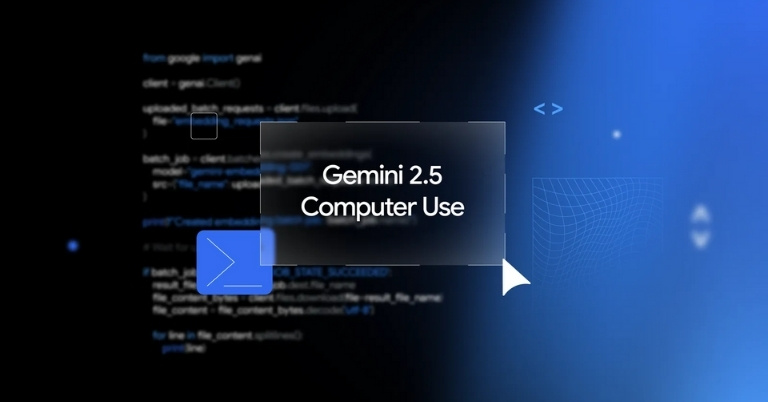
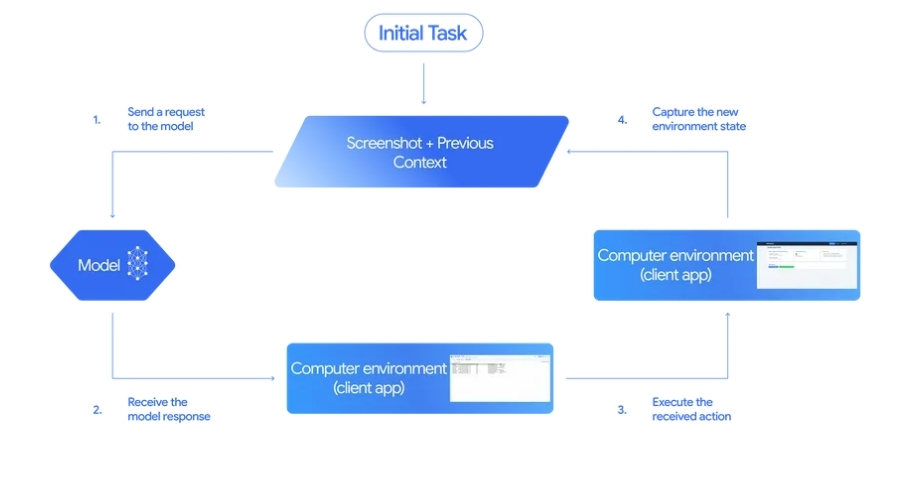
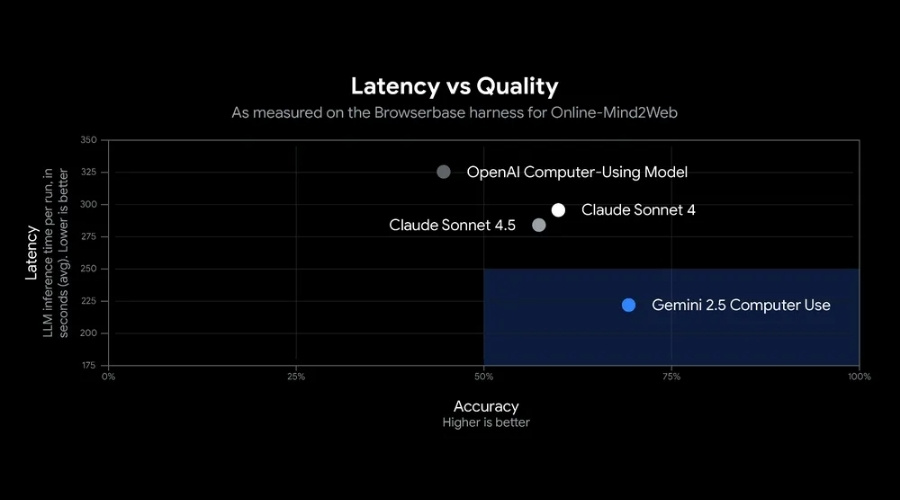
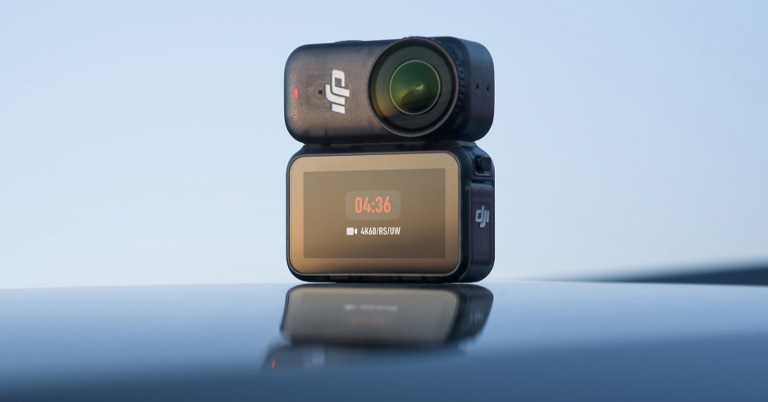

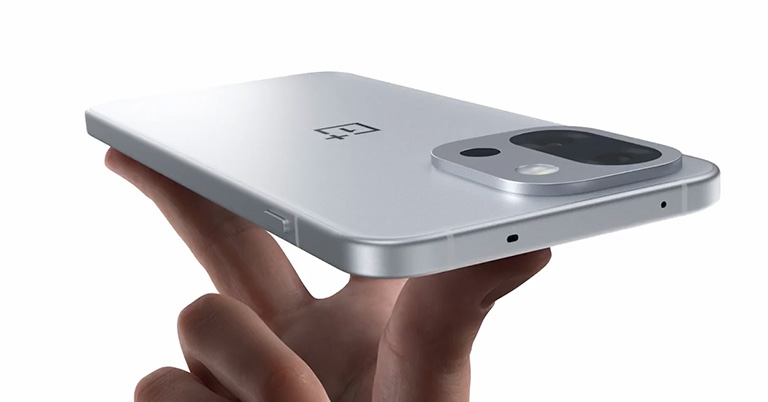

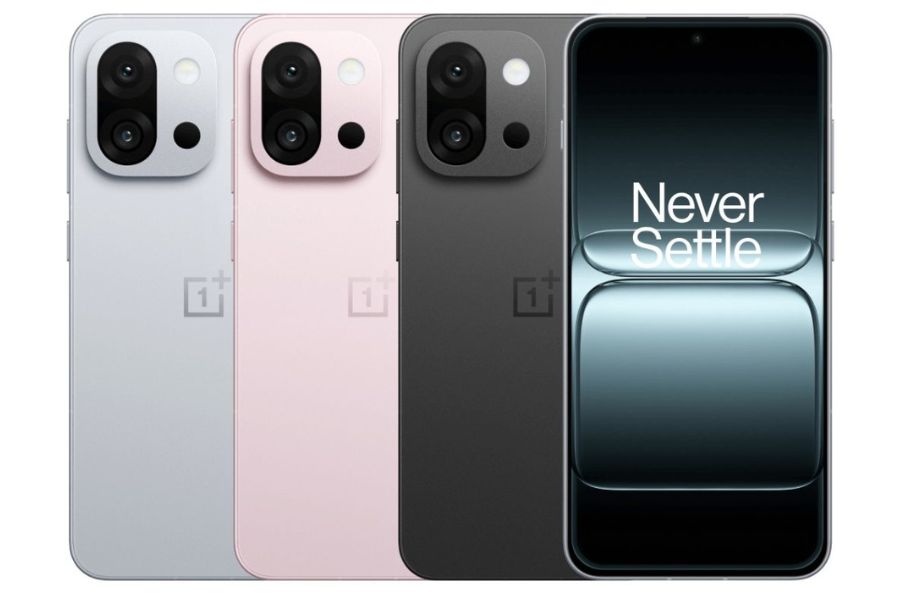

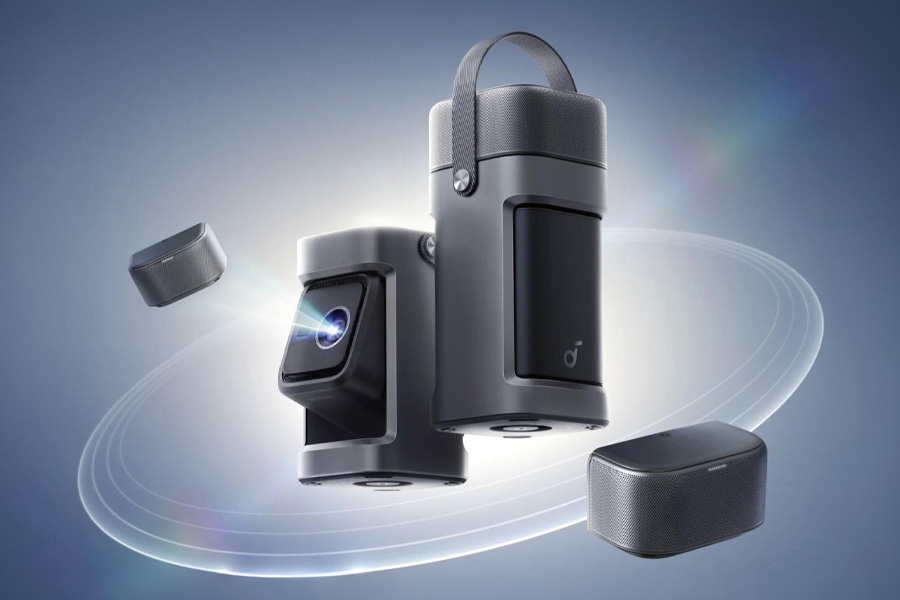 The projector has a 1.2:1 throw ratio and all the usual features like automatic focus adjustment and automatic keystone correction to correct distortion in the projected image. There’s also a gimbal that lets you tilt it up to 130 degrees, so setting it up is fairly painless, even if you throw it on a shelf or a table.
The projector has a 1.2:1 throw ratio and all the usual features like automatic focus adjustment and automatic keystone correction to correct distortion in the projected image. There’s also a gimbal that lets you tilt it up to 130 degrees, so setting it up is fairly painless, even if you throw it on a shelf or a table.